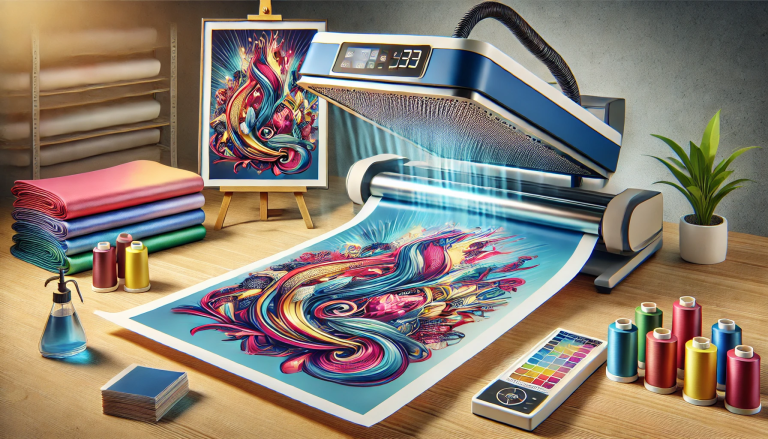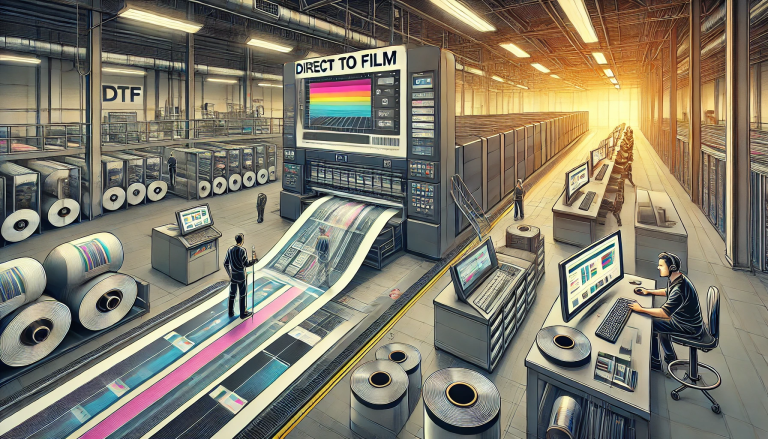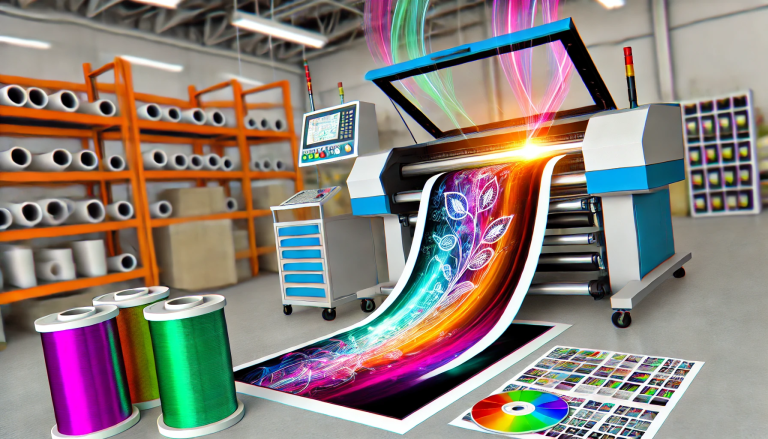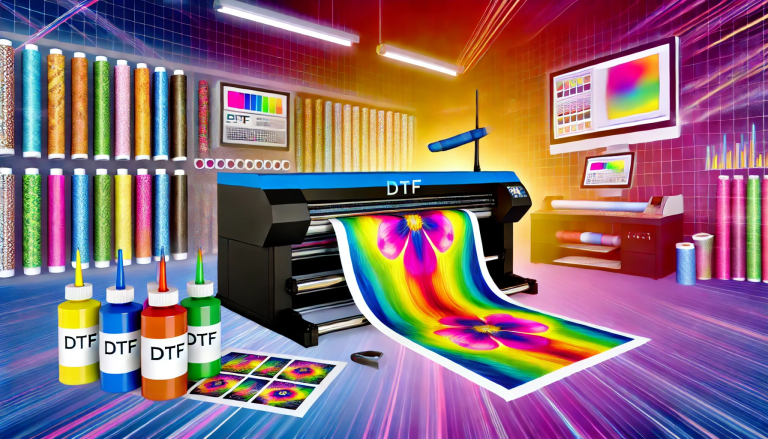Introduction
The evolution of printing technologies has transformed the way designs are transferred onto fabrics and other materials. Direct to Film (DTF) printing and vinyl cutting are two popular methods, each with unique benefits and preferred use cases. While DTF represents a newer, digital approach, vinyl cutting relies on more traditional, mechanical processes. This essay aims to compare DTF and vinyl in terms of quality, durability, versatility, cost, and ease of application, to determine which method holds a competitive edge in the modern printing landscape.
Quality of Print
Direct to Film (DTF) printing is renowned for its high-quality output, capable of producing vibrant, full-color images with intricate details. The process involves printing a design onto a special film, which is then transferred onto the fabric using heat and pressure. This method allows for a high degree of color accuracy and is capable of rendering complex designs with precision.
Vinyl cutting, on the other hand, involves cutting out designs from colored vinyl sheets, which are then heat-pressed onto the material. While vinyl excels in producing bold and solid colors, it is limited by its inability to effectively produce detailed and multi-colored designs without layering multiple pieces of vinyl, which can affect the feel and flexibility of the final product.
Durability
Durability is a crucial factor for items that undergo frequent washing or outdoor use. DTF prints are known for their excellent washability and durability, as the ink forms a strong bond with the fabric, making it resistant to fading and peeling over time. This makes DTF an ideal choice for apparel and other items that require longevity.
Vinyl graphics, while also durable, can vary in longevity depending on the quality of the vinyl and the application process. High-quality vinyl can last for years without peeling or fading, especially when properly applied. However, vinyl may crack or peel over time with frequent washing or outdoor exposure, especially in the case of cheaper materials.
Versatility
Versatility refers to the range of materials and surfaces each printing method can accommodate. DTF printing shines in its ability to adhere to a wide variety of fabrics, including cotton, polyester, and blends, without requiring any pre-treatment. This flexibility opens up numerous possibilities for designers and businesses to print on different types of apparel and accessories.
Vinyl is equally versatile in terms of application surfaces but is typically more suited for solid items such as signs, banners, and hard goods. While it can be used on fabrics, the feel and flexibility of vinyl might not be ideal for all types of clothing, especially those requiring a soft hand feel.
Cost
Cost-effectiveness is another critical comparison point. Initially, DTF printing requires a higher investment in specialized equipment and consumables, such as printers, films, and powders. However, the per-unit cost of DTF printing can be lower in the long run, especially for high-volume orders with complex, multi-colored designs.
Vinyl, while having a lower startup cost, may become more expensive per unit for intricate designs due to the labor-intensive weeding and layering process. However, for simple designs and small quantities, vinyl can be more cost-effective.
Ease of Application
The application process significantly influences the choice between DTF and vinyl. DTF’s process is straightforward and fast, involving printing, powdering, and heat pressing. This efficiency is beneficial for businesses looking to scale up their production without a steep learning curve.
Vinyl requires cutting, weeding (removing excess vinyl), and heat pressing. The weeding process can be time-consuming, especially for detailed designs, making it less efficient than DTF for large orders or complex images.
Conclusion
Determining whether DTF is better than vinyl depends on the specific needs and priorities of the user. DTF offers superior quality, durability, and versatility for fabric applications, making it an excellent choice for detailed, high-volume apparel projects. Vinyl stands out for its cost-effectiveness in small quantities, ease of use for simple designs, and suitability for a wide range of solid items.
Both technologies have their rightful place in the printing industry, and the choice between them should be based on the project’s requirements, budget, and the desired outcome. As printing technologies continue to evolve, the decision will increasingly hinge on how these methods adapt to changing market demands and technological advancements.






